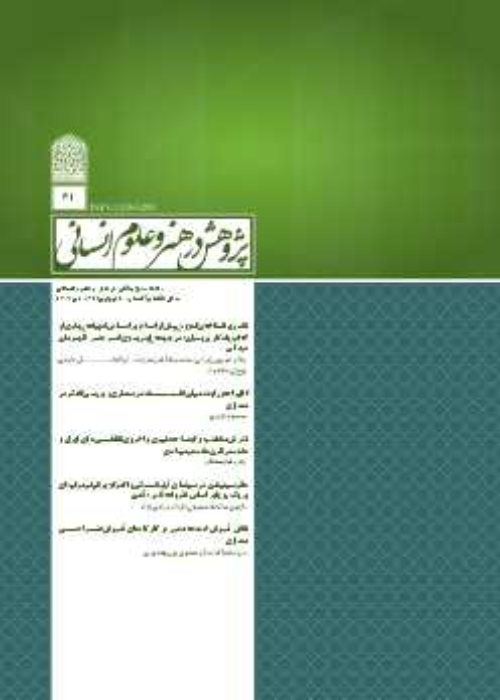Common Symbols between Mithraism and Christianity
It’s about more than 3 thousand years that the Iranians have celebrated “Yald” in 21th December. This day is celebrated in the Christian world at the birth of Christ, which was changed to December 25th in the fourth century AD due to the mistake of calculating leap years. Many churches throughout Europe have been marked by many signs of Mithraism in the early centuries of Christianity. For the church, Mithraism was intrusive, and its memorials from the Roman Empire show that it is welcoming and gratifying among the people. Clergies have tried a lot to vanish Mithraism. So by their attempts, Mithraism was a forgotten name for a long period in Europe, and even in the 15th and 16th centuries, archeologists considered Mithraism memorials as a symbol of mythical gods and heroes of Rome. But in recent years, by studying the Scriptures, there are many similarities between the symbolic characteristics of this religion and Christianity. The influence of the Mihr on the Western lands and the survival of its origins in Christianity, as well as its survival as pictorial symbols that are repeated or re-established in the next period, have confirmed the adoption of firm foundations of Mithraism, which has been able to accept changes in Concepts but preserve several characters such as symbols, shapes, or vice versa, by preserving concepts and changing its manifestation such as form and manner, survive to the present time as a one of most popular religion in early Christianity. This led officiates to acquire the manifestations of Mithraism and entering them into Christianity, in order to gather followers and attract fans towards themselves through capturing the appearance of Mithraism, and sometimes even by adding some of concepts of this popular rite such as the "Prophet of Peace and kindness and the Savior". This article deals with this question: what are the common symbolic features of Christianity? It was concluded that the commonality of these two religions is not only in the symbolic appearances, which is also often found in the basic concepts and paths of conduct. Moreover, we could result that in a specific period of time these tow religions could attract a lot of people due to the promising and at the same time kind character, which could help suffering peoples and soothe their pains. In this regard, the descriptive-analytical method and the library and observational method are used.
- حق عضویت دریافتی صرف حمایت از نشریات عضو و نگهداری، تکمیل و توسعه مگیران میشود.
- پرداخت حق اشتراک و دانلود مقالات اجازه بازنشر آن در سایر رسانههای چاپی و دیجیتال را به کاربر نمیدهد.


